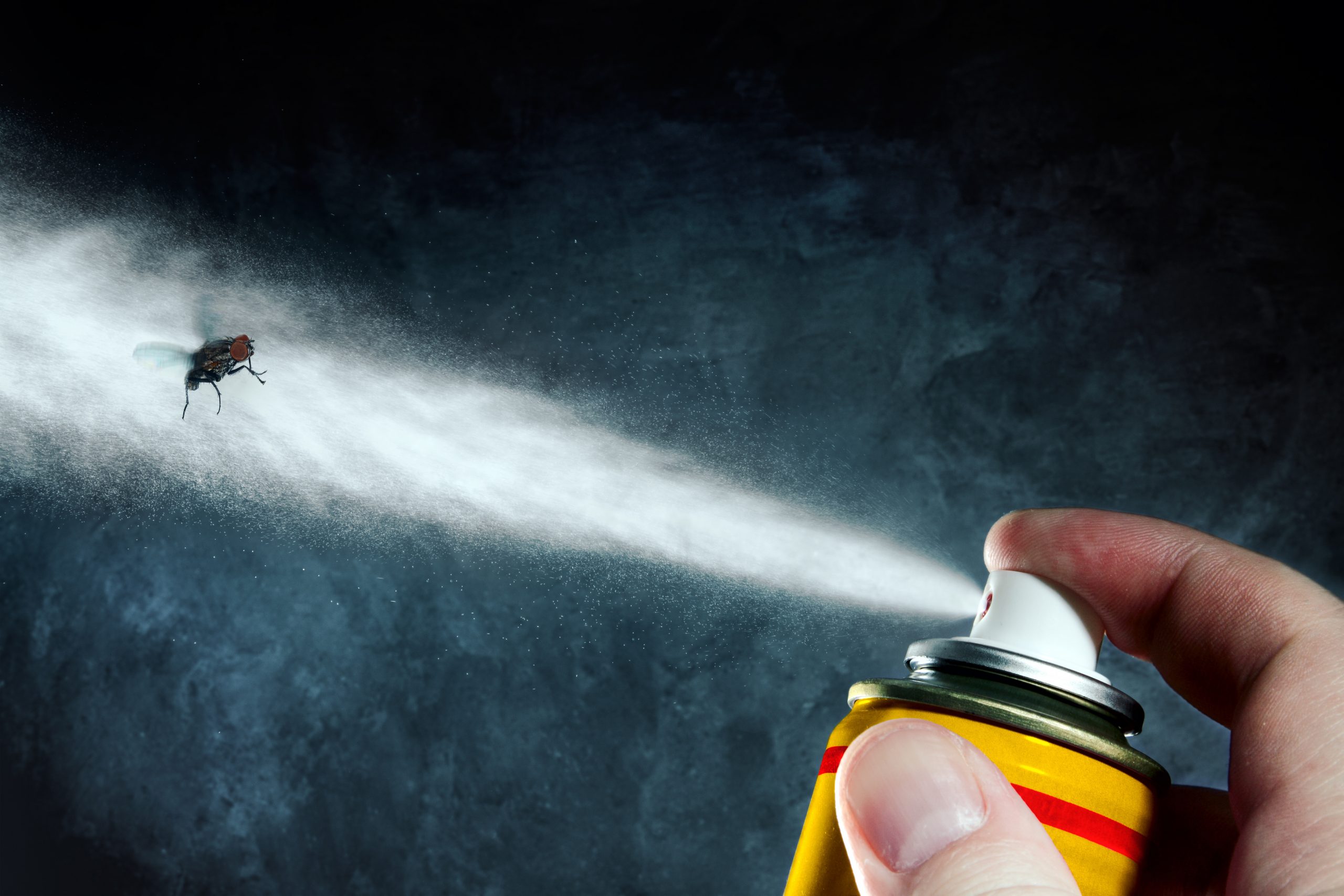Is Government Making Bee Colony Collapse Better or Worse?
April 23, 2015
Why Hysteria in Government Could Make Bee Colony Collapse Worse
For some time, rumors of a dreaded “beepocalypse” have been buzzing around our country. According to an article originally posted on WatchDog.org, these rumors were born based on the apparent decline in bee populations across the United States and the world. While this seem like a small problem to some, it is important to keep in mind the part honey bees play in helping our way of life – bees are responsible for pollinating food crops, helping to sustain agriculture and horticulture across the globe.
Whether or not the claims of a decrease in honey bee population are true, concerns have reached the ears of government officials. Being quick to act, one solution has been proposed is to place strict regulation on the use of insecticides like neonicotinoids. Neonicotinoids are believed to be the number one killer of bee colonies and may be behind the mysterious “Colony Collapse Disorder.” Many countries have already banned these substances, and the United States is quickly moving to follow suit.
While regulation on such harmful chemicals may seem beneficial, according to Angela Logomasini of Competitive Enterprise Institute, it may actually do more harm than good. According to a study recently put out by the Institute, a ban on neonicotinoids and other chemicals like it will lead people to using even more toxic substances to get the job done. Logomasini also quotes a 2010 study done by United Nations that showed that factors such as disease, parasites, and the queen bee’s overall health have more to do with the population decline than any chemical substances or insecticides.
It is also important to keep in mind that Colony Collapse Disorder, or CCD, is not a new phenomenon – instances of CCD have been reported for hundreds of years and cases have occurred prior to the existence of pesticides such as neonicotinoids. A report by the United States Department of Agriculture, or USDA, has made mention of at least three widespread CCD occurrences, taking place in 1860, 1920, and 1960, all of which occurred before the introductions of neonicotinoids.
Although the decline in populations and buzzword “beepocalypse” may have the masses believing honey bees are almost extinct, this is far from the truth. Although the decline in population mostly affects Europe and the United States, bee population has actually increased worldwide. According to the WatchDog.com article and a United Nations FOA statistic, bee populations have increased from 50 million in 1961 to almost 80 million in 2013 – this is a 60 percent increase worldwide.


.jpg)



